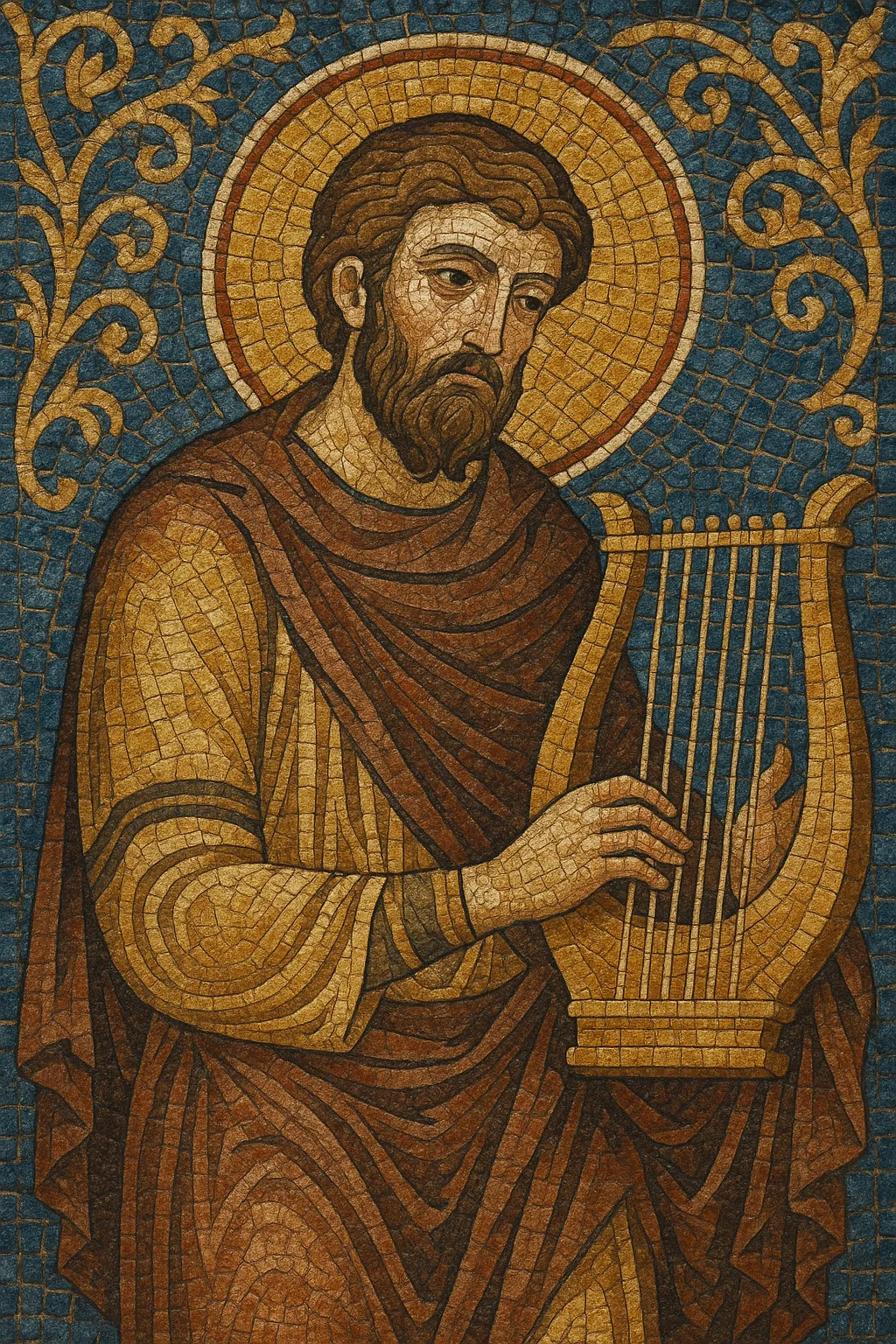Byzantine music is the sacred chant tradition of the Byzantine (Eastern Roman) Empire, cultivated primarily in the Greek-speaking Christian world.
It is a monophonic, vocal art that uses modal systems (the Octoechos), formulaic melodic patterns, and an ison (drone) to support the principal melody. It is performed a cappella in liturgical contexts, with texts drawn from scripture and hymnography in Greek and related Christian languages.
Its notation developed a distinctive neumatic script, and its aesthetics emphasize prayerful sobriety, rhetorical declamation of sacred texts, and highly ornamented melodic gestures governed by modal grammar.
Early Christian chant practices in the Eastern Roman Empire crystallized as the empire adopted Christianity. Drawing on Ancient Greek musical thought, Jewish liturgical traditions, and the broader world of ancient Mediterranean music, the emerging repertory served the Greek liturgy in Constantinople and other major centers. The Octoechos (eight-mode system) provided a unifying modal framework.
Byzantine chant matured stylistically and institutionally, with cathedral (asmatikē) and monastic traditions shaping performance. Neumatic notation evolved to document melodic formulas and ornaments. Hymnographic forms such as the troparion, kontakion, kanon, and sticheron expanded dramatically, associated with figures like Romanos the Melodist and John of Damascus.
Despite political decline, the period produced technical sophistication and celebrated composers (e.g., John Koukouzelis, Manuel Chrysaphes). Rich kalophonic (ornamented) styles flourished, featuring elaborate melismas and kratemata (vocalized passages), while modal theory and performance practice were codified.
After 1453, the tradition continued in Greek Orthodox communities under Ottoman rule. Cathedral protopsaltes (lead chanters) maintained continuity in Constantinople. Composers such as Petros Bereketis and Petros Peloponnesios refined repertory and pedagogy. Notation stabilized into the Middle Byzantine system with local schools and manuscript circulation.
In 1814, the reformers Chrysanthos of Madytos and colleagues introduced the "New Method" (Chrysanthine notation), clarifying earlier neumes and facilitating teaching. The 20th century saw influential patriarchal chanters (Iakovos Nafpliotis, Konstantinos Pringos, Thrasyvoulos Stanitsas) and scholarly revivalists (Simon Karas, Lycourgos Angelopoulos). Today, Byzantine music thrives across Orthodox communities and in concert settings, with extensive recordings, critical editions, and pedagogy that balance historical practice with living tradition.


